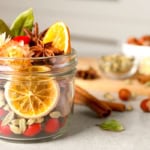What Are Prebiotics? 9 Best To Help Boost Your Immunity
Stay well with prebiotics! But what are they exactly, and how do they differ from probiotics? We explain, plus provide a list of 9 great sources.
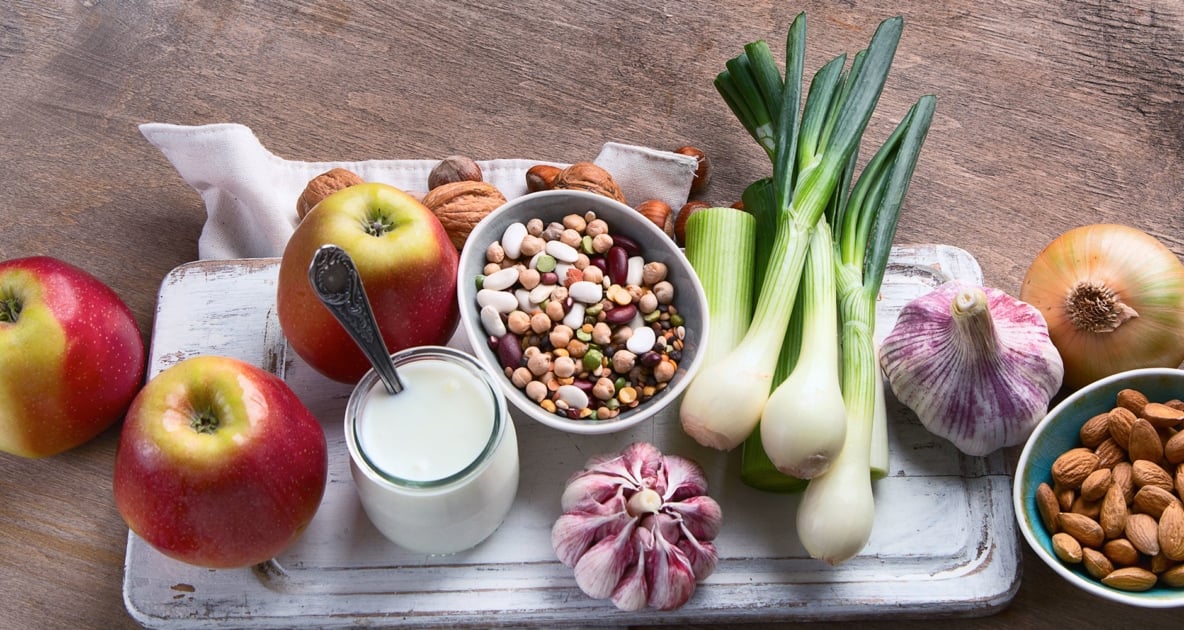
We’re all wondering what we can do to keep our immune systems strong to avoid illness these days. Enter prebiotics, another line of defense to lasting wellness.
You may have heard the word tossed around but wondered, what are prebiotics? How do they differ from the more well-known probiotics? And most importantly, how do prebiotic foods help boost immunity?
What Are Prebiotics?
In simple terms, prebiotics—a term coined and adopted by the scientific community in the late 1990s—refer to the non-digestible dietary fiber that nourishes the beneficial bacteria, or “flora” in your gut. More is now known about how healthy gut flora is vital to your overall well-being and immune function. In order for probiotics to do their job, they need prebiotics.
Probiotics and prebiotics work in synergy to promote a healthy, well-functioning digestive system. Probiotic foods like yogurt, apple cider vinegar, sauerkraut, and other fermented foods contain live beneficial bacteria.
When you add high-fiber prebiotic foods, they feed and enhance those beneficial bacteria (the probiotics) in your gut. In a nutshell, probiotics eat prebiotics. They have the important job of keeping the probiotics alive and active.
You don’t need prebiotics to make probiotcis work, but when you add them, they work to make your probiotcis more effective.
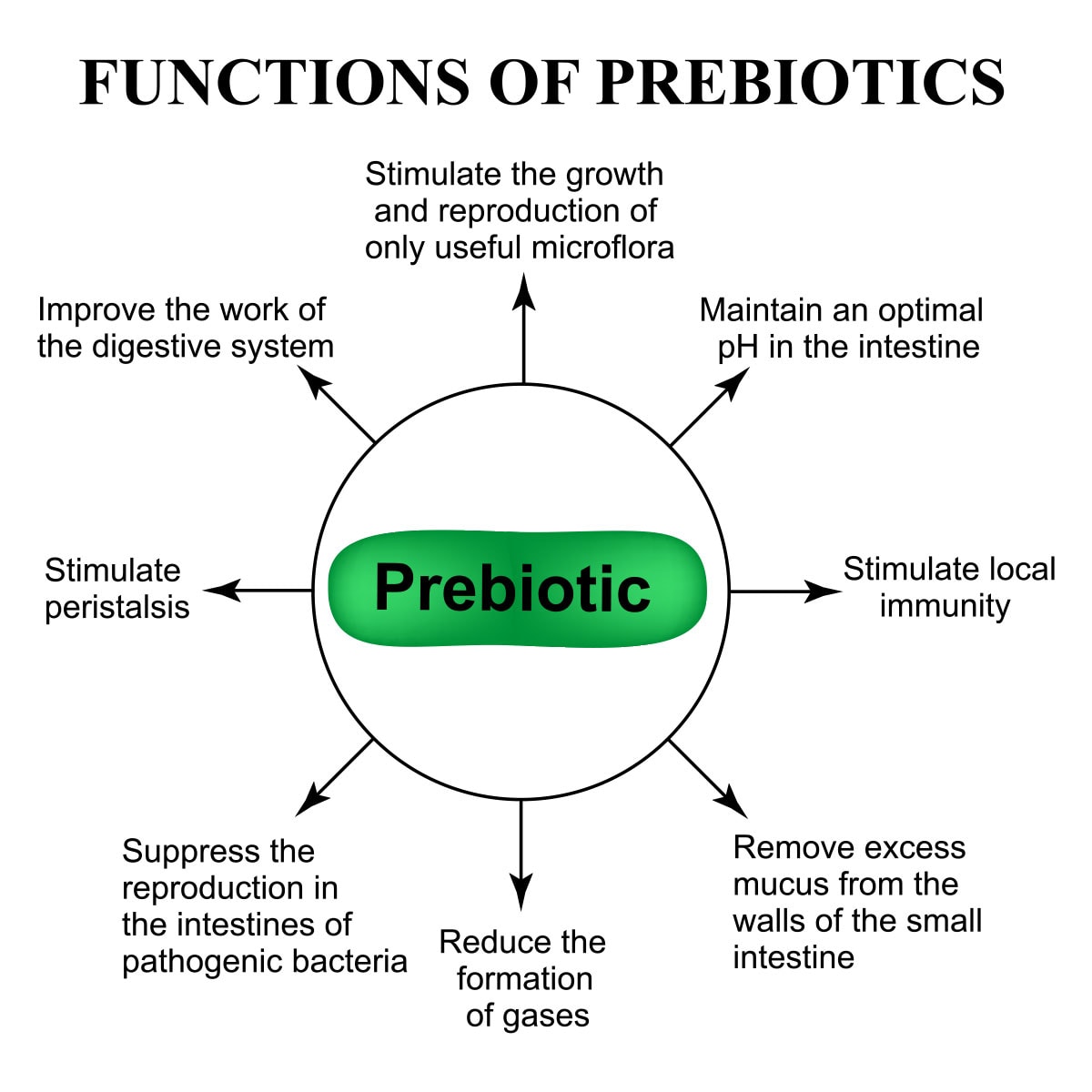
Studies have shown that increasing your intake of prebiotics offers many health benefits. If you’ve got gastrointestinal issues, such as colitis or irritable bowel syndrome, prebiotics may help.
They can lower your risk for heart disease, colon cancer, and obesity as they curb appetite. Prebiotics help the body better absorb minerals, thus enhancing bone health, too.
9 Best Prebiotic Foods
Here’s a list of foods that are champion prebiotic sources. Keep in mind, to receive the maximum prebiotic benefits contained in each food, it is best to eat them raw. During the cooking process some beneficial fiber is lost. If you prefer not to eat some of these foods raw, you can cook minimally using steaming, grilling, or sautéing methods.
Apples are naturally high in pectin fiber. Pectin has prebiotic properties that promote optimal digestive function and improves overall health. Apples also have anti-inflammatory and antioxidant properties. They’re a healthy snack food. Add diced apples to a cup of Greek yogurt for a nutritious and delicious dose of prebiotics and probiotics.
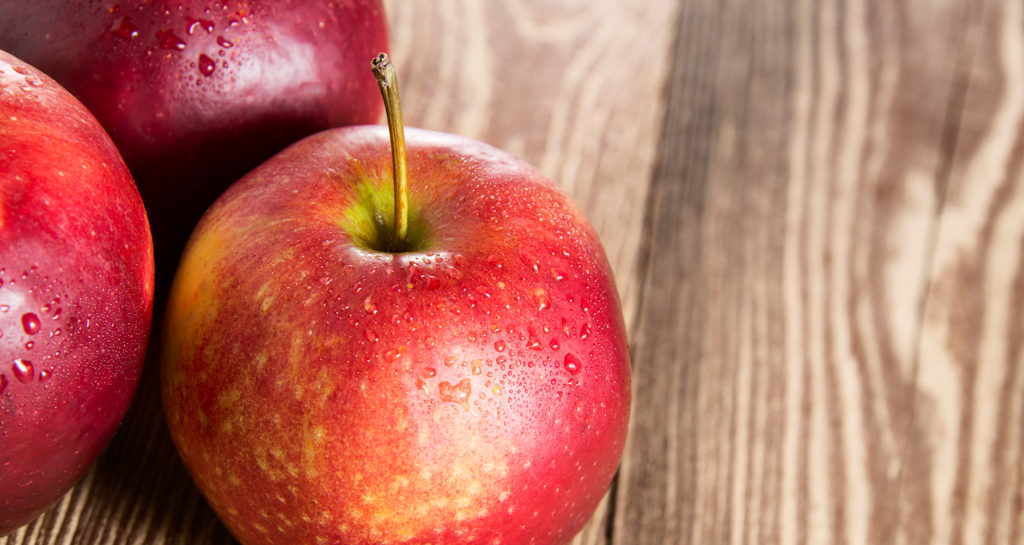
Asparagus is a popular spring vegetable and a good prebiotic choice. This antioxidant rich food is high in dietary fiber, vitamins, and minerals. Fresh asparagus tips can be cut and tossed raw into your choice of green salads. But if you prefer, grilled asparagus spears are scrumptious and quick to make as well. Try this recipe!
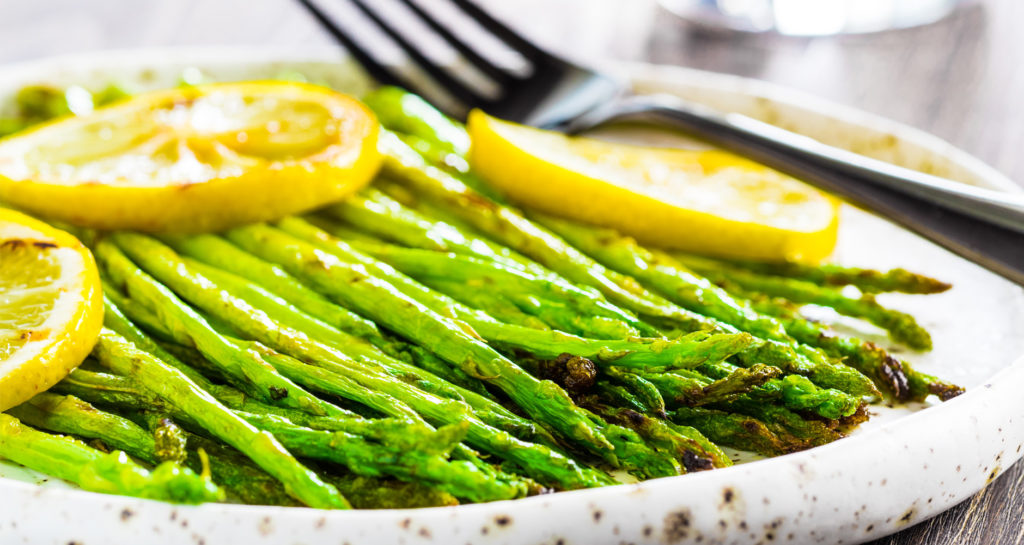
Bananas are a great source of prebiotics … but before any spots appear. Before they fully ripen, bananas are especially rich in resistant starches. Simply put, this type of soluble fiber resists being digested, thus it moves more slowly through the digestive tract into the colon where it feeds the friendly bacteria. Incorporate slightly green bananas instead of fully ripened ones in your smoothies, fruit salads or yogurt.
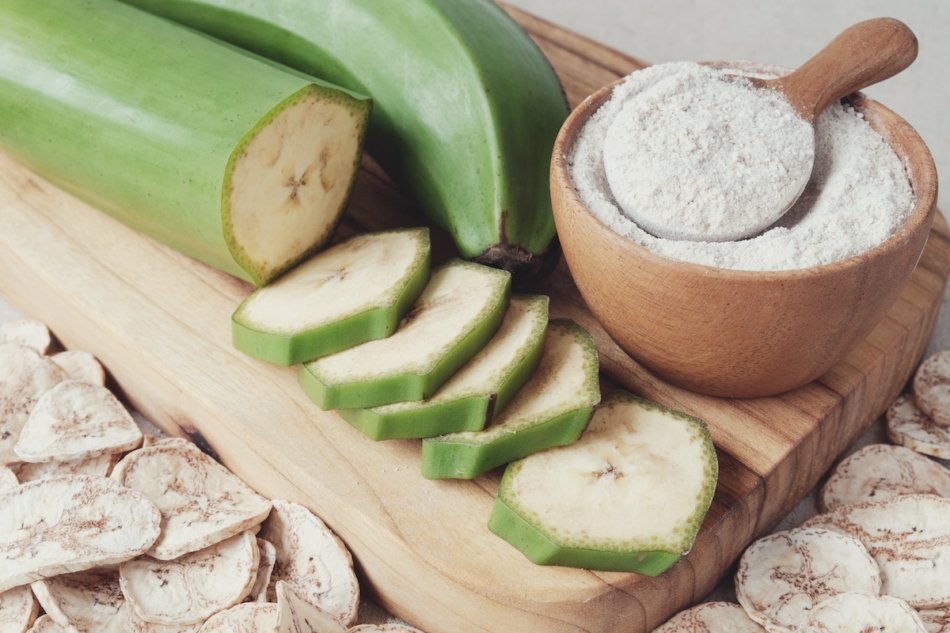
Chicory is an herb that grows wild throughout this continent along roadsides. It is recognized by its dandelion-like blue flowers but it’s best known for its roots, from which the caffeine-free hot beverage substitute for coffee is derived. For centuries, in Europe and North America, especially during times of war and hardship, chicory root was roasted and ground and blended with coffee to stretch supplies. The deep roots of this perennial plant yield an excellent quantity of prebiotics. Rich in inulin, this soluble fiber bypasses the small intestine and travels to the lower gut where it feeds the friendly bacteria. Bags of ground chicory “coffee” are available online and in grocery stores.

Dandelion Greens are rich in prebiotics, antioxidants, vitamins and minerals. If you aren’t growing dandelions in your kitchen garden, you can pick those that pop up in your lawn and flower beds if the area hasn’t been chemically treated. Or you can find them at health food stores and certain grocery stores. Chop the fresh greens and add to your favorite tossed salad, or try this recipe.
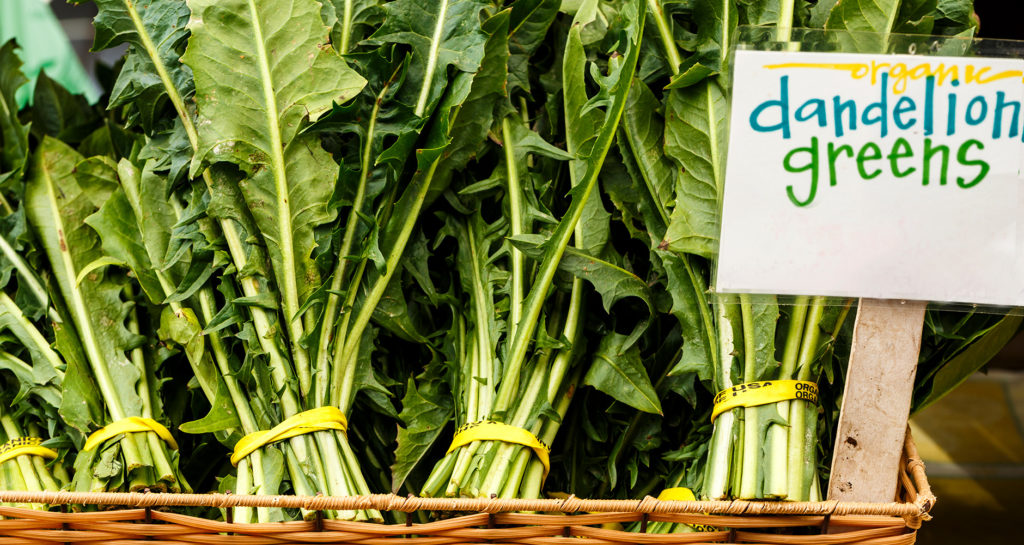
Garlic is rich in gut health bolstering prebiotics. It also has antiviral, anti-cancer and anti-inflammatory properties. Use raw garlic in guacamole, homemade sauces and hummus.
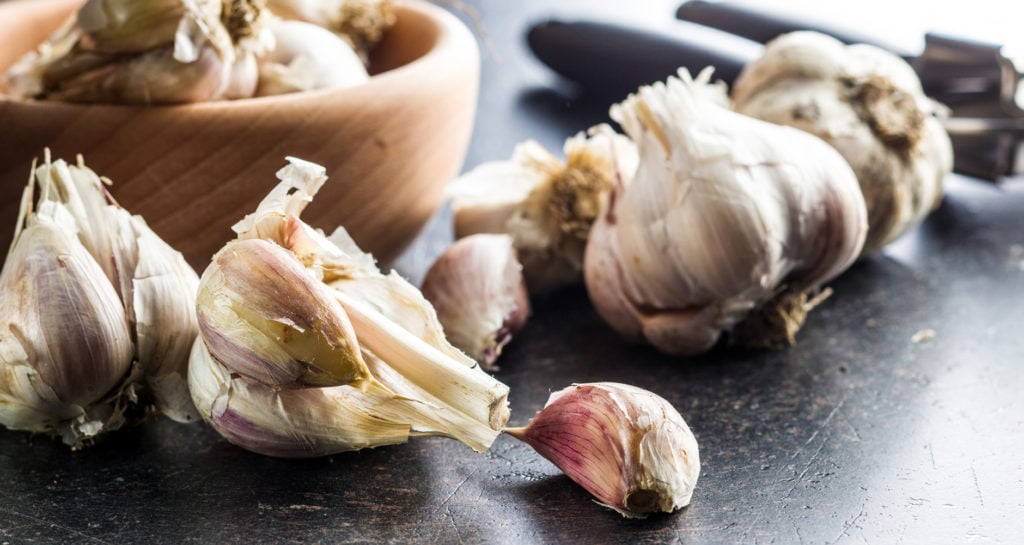
Jerusalem Artichoke, also called sunchokes, belong to the sunflower family (they are not related to the globe artichoke). Uncooked Jerusalem artichokes tastes like water chestnuts, sweet and crunchy. In appearance, these tubers resemble ginger. They’re the perfect crunchy ingredient for a yummy layered salad.
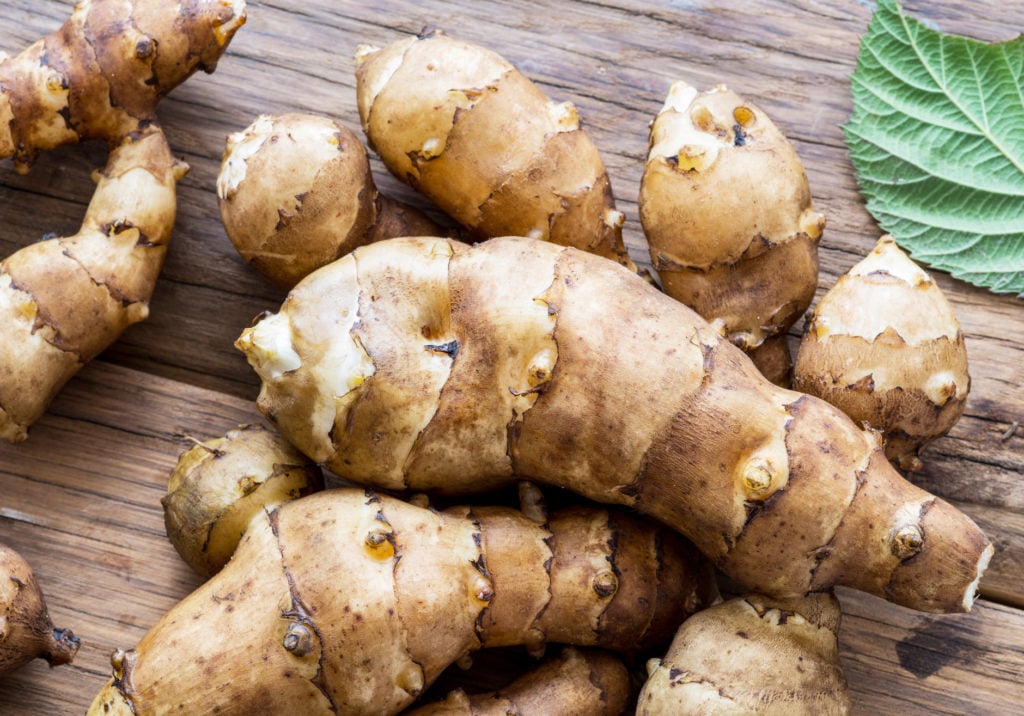
Leeks. This versatile vegetable tastes sweeter than an onion and can be added to numerous entrees and side dishes. Slice thin or dice raw leeks and stir into cooked beans, salad dressing, or as a topping for soup, stews, quiche, or mashed potatoes. While many recipes require leeks to be cooked, such as in soups, they’re better prebiotic sources when eaten raw.
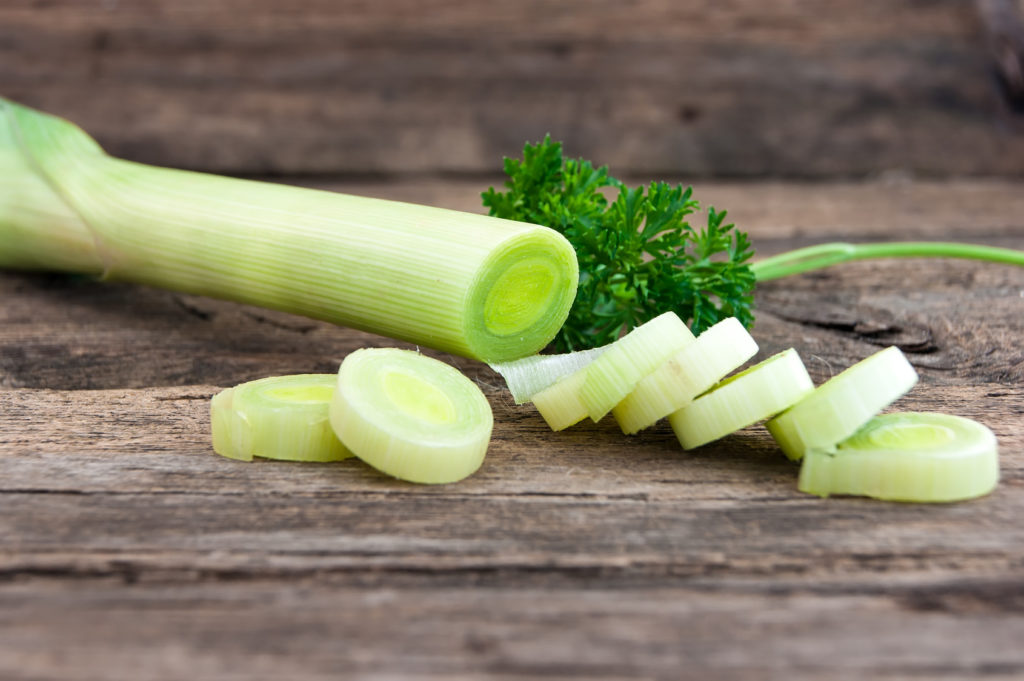
Onions are a good source of prebiotics, raw or cooked. Some minerals and vitamins, such as vitamin C, quercetin, chromium, and sulfur are destroyed when onions are cooked, so be sure to eat onion both ways for its vast nutritional benefits.
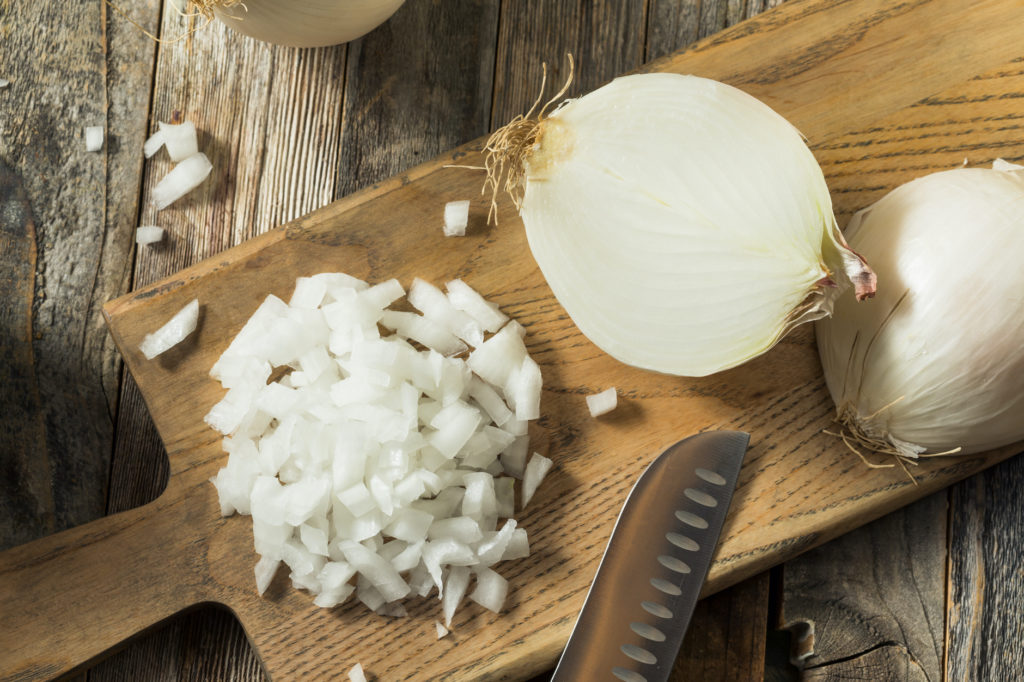
More Sources of Prebiotics
Almonds, oats, beans, and cocoa are also good prebiotic sources. If your local market carries these less common prebiotic-rich foods, you may want to try adding them to your diet, too: jicama, konjac root (elephant yam), yacon root, and seaweed.

Deborah Tukua
Deborah Tukua is a natural living, healthy lifestyle writer and author of 7 non-fiction books, including Pearls of Garden Wisdom: Time-Saving Tips and Techniques from a Country Home, Pearls of Country Wisdom: Hints from a Small Town on Keeping Garden and Home, and Naturally Sweet Blender Treats. Tukua has been a writer for the Farmers' Almanac since 2004.


